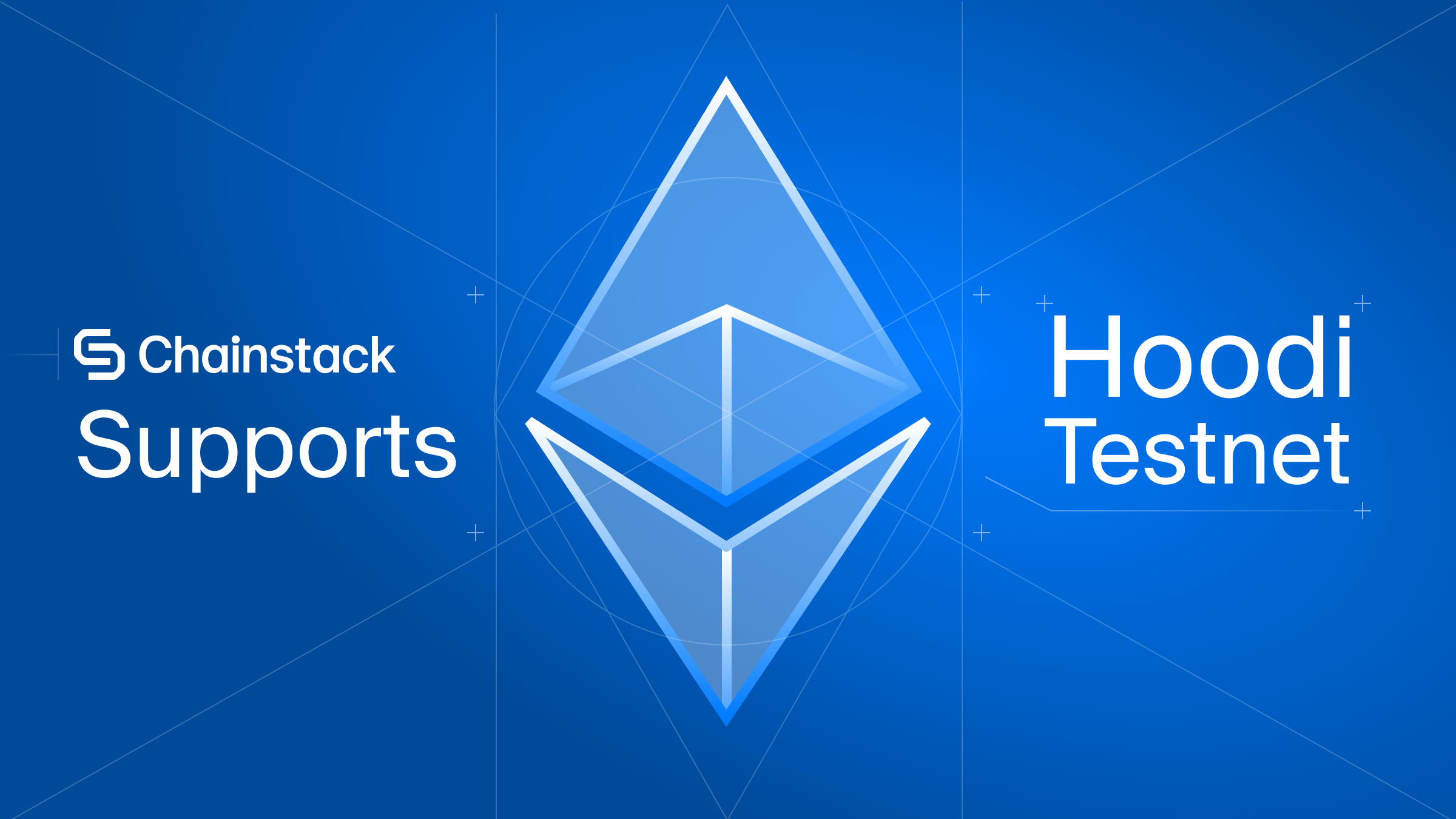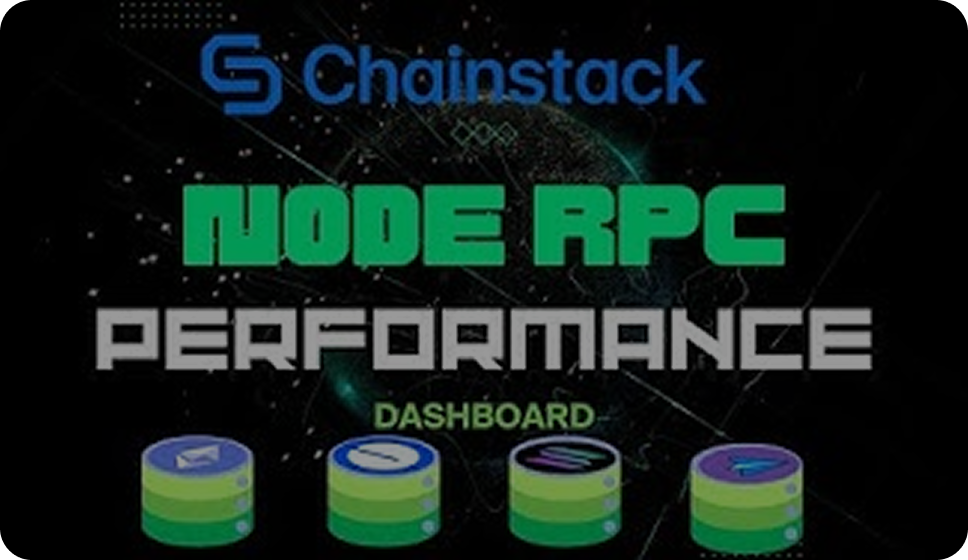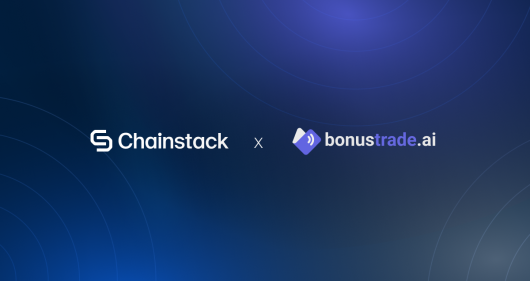Solana: How to retrieve historical data effectively?

One crucial aspect to grasp when dealing with Solana is the understanding of its account model. Accounts in Solana are where things get interesting as they serve as an interactive hub between data, tokens, and programs.
But how does it function exactly? And what hindrances are posed by Solana’s native method of handling historical data? Let’s find out!
What is Solana’s Account Model?
In Web3, account models can vary across platforms, and understanding these differences can be crucial to efficient navigation and utilization of the blockchain. Unlike your traditional account setup, Solana adopts a more interactive and multifunctional model.
On the Solana platform, accounts play a dual role: as holding pots for data and SOL, Solana’s native token, and as engines facilitating interaction with programs or smart contracts. Every transaction made on Solana modifies the state of one or more accounts, designated by their corresponding public keys. This dynamic nature of Solana’s accounts allows for a wide range of possibilities, from holding mutable data to complex programmable interactions.
How to fetch historical data on Solana?
Though versatile and powerful, Solana’s account model brings with it a peculiar challenge for developers and users alike—the issue of retrieving historical account information. Unlike some blockchains that keep an immutable record of all past states, Solana’s ledger is focused on the present.
When a transaction occurs on Solana, the state (or balance) of the related account(s) is modified. Standard operations entail that any previous state of the account gets overwritten by the new one unless explicit archiving steps were implemented beforehand. This characteristic creates a hurdle for those wishing to study or review the historical account states at particular timestamps.
Retrieving historical account information on Solana is by no means straightforward, but it is feasible. The key lies in understanding the various methods at your disposal and selecting one that best aligns with your specific needs and available resources.
Method 1: Replay transactions
The first approach to source historical account states in Solana involves a method known as transaction replay. Think of it as tracing your steps back in time. By replaying transactions in reverse from a known state, you can reconstruct historical account states.
Follow these steps:
- Identify the accounts of interest.
- Retrieve the current state and all previous transactions involving the identified accounts.
- Reverse the transaction sequence to find the account states at earlier times.
This process can be labor-intensive and intricate as it calls for precise reversal of transactions, a task that could depend heavily on the context given by other account states and global blockchain parameters at the time.
Moving on to the next method.
Method 2: Use Geyser plugins for data storage
Another approach to glean historical data involves the use of Geyser plugins within Solana. These plugins enable developers to tap into the life cycle events of the blockchain, such as confirming and adding blocks.
Here are the essential steps:
- Set up a Solana validator node.
- Incorporate a Geyser plugin to capture and stash away account states at specific conditions or intervals.
- Store this data within a readily searchable database, like MongoDB or PostgreSQL.
This strategy simplifies querying of historical states but also demands considerable storage space and maintenance of infrastructure.
Method 3: Use third-party data services
When in-house data retrieval processes look daunting, turning to third-party services can be a viable option. Many of these platforms offer extensive historical blockchain data that can be accessed via RESTful APIs or client libraries, significantly easing the process.
Here are some examples:
- Solana Explorer
- SolanaFM
- BigQuery datasets for Solana
Each of these services provides a unique set of data and tools, and one should select based on their specific needs and resources.
How to construct Solana transaction graphs?
Having access to and comprehending historical account data is a start, but visualizing it can offer another layer of understanding. Creating transaction graphs permits users to trace the activity flow between accounts over time or track the interactions between different accounts and smart contracts.
Here are some useful tools and libraries:
- NetworkX: This versatile Python tool is immensely helpful for constructing intricate network graphs.
- D3.js: A very intuitive JavaScript library for creating dynamic and interactive data visualizations right in web browsers.
Further reading
Expand your Solana knowledge and skills with these comprehensive Chainstack resources:
- Troubleshooting common Solana errors master guide: Learn how to tackle common Solana errors like Rust version conflicts, Borsh serialization issues, blockstore errors, and more.
- The ultimate Solana developer guide: Master Solana development all across the board with this ultimate guide, covering everything from pastable snippets to advanced integrations.
- Mastering Solana series: Explore Solana essentials like token swaps with Raydium SDK, SPL token transfers, account retrieval methods, and getTokenLargestAccounts RPC insights.
- Solana-web3.js Tutorial: Learn how to use the solana-web3.js method in just 7 minutes to mint an SPL token, transfer tokens, and delegate tokens.
- Querying and analyzing Solana data from Raydium with Python: Learn about Raydium, a leading DEX on Solana, and explore how DeFi enables token exchanges across chains and fiat.
- Powerful Chainstack infrastructure optimized for Solana: Run high-performing Solana RPC nodes and APIs in minutes on a platform built for scale with Chainstack.
- How to run a Solana RPC node: Learn how to run your Solana RPC node instance on Chainstack, connected to the mainnet beta and complete with metric monitoring.
- Solana tool suite: Learn how to interact with your Chainstack Solana node and develop DApps.
- Solana glossary: Get a better understanding of key Solana terminology and its definitions.
Bringing it all together
Accessing historical AccountInfos on Solana is undeniably intricate but not impossible. With three diverse approaches available—replaying transactions for precision, using Geyser plugins to continuously seize data, or deploying third-party tools for convenience—you enjoy the freedom to select considering your specific requirements and resource capabilities.
Each method, though, bears its unique complexities, costs, and data completeness factor. For research purposes, weigh in all these aspects judiciously in making an informed decision. Happy building!
Power-boost your project on Chainstack
- Discover how you can save thousands in infra costs every month with our unbeatable pricing on the most complete Web3 development platform.
- Input your workload and see how affordable Chainstack is compared to other RPC providers.
- Connect to Ethereum, Solana, BNB Smart Chain, Polygon, Arbitrum, Base, Optimism, Avalanche, TON, Ronin, zkSync Era, Starknet, Scroll, Aptos, Fantom, Cronos, Gnosis Chain, Klaytn, Moonbeam, Celo, Aurora, Oasis Sapphire, Polygon zkEVM, Bitcoin and Harmony mainnet or testnets through an interface designed to help you get the job done.
- To learn more about Chainstack, visit our Developer Portal or join our Discord server and Telegram group.
- Are you in need of testnet tokens? Request some from our faucets. Multi-chain faucet, Sepolia faucet, Holesky faucet, BNB faucet, zkSync faucet, Scroll faucet.
Have you already explored what you can achieve with Chainstack? Get started for free today.
 Ethereum
Ethereum Solana
Solana TON
TON Base
Base BNB Smart Chain
BNB Smart Chain Sui
Sui Unichain
Unichain Aptos
Aptos TRON
TRON Ronin
Ronin zkSync Era
zkSync Era Sonic
Sonic Polygon
Polygon Gnosis Chain
Gnosis Chain Scroll
Scroll Avalanche Subnets
Avalanche Subnets Polygon CDK
Polygon CDK Starknet Appchains
Starknet Appchains zkSync Hyperchains
zkSync Hyperchains



























